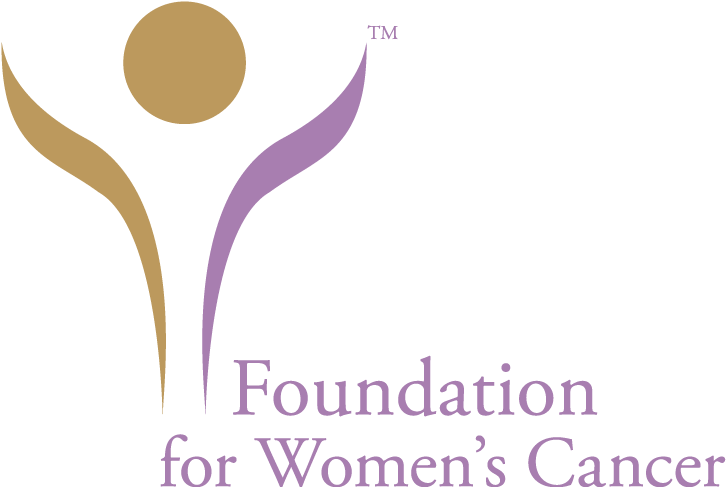New Study Finds Possible Link Between Chemical Hair Straighteners and Endometrial/Uterine Cancer
In a new study published in the Journal of the National Cancer Institute, researchers found that the risk of developing uterine cancer by age 70 was 4.05% for study participants who reported frequent use of chemical hair straighteners, more than double the 1.64% likelihood for study participants who had never used hair straighteners. The study did not find a link between uterine cancer and other hair products using chemicals, such as coloring, bleach, highlights or perms.
In a response to this study, Foundation for Women’s Cancer (FWC) Chair Dr. Ginger Gardner, and Society for Gynecologic Oncology members Drs. Roberto Vargas and Emily Hinchcliff contributed comments to a follow-up New York Times article, providing education on what uterine/endometrial cancer is, risk factors and early warning signs and how it is screened and treated.
“When we talk about uterine cancer, most of the time, we’re talking about endometrial cancer,” commented Dr. Hinchcliff, “the other, much rarer, type of uterine cancer is uterine sarcoma, which develops in the muscles supporting the uterus.”
“Endometrial cancer is largely treatable,” adds Dr. Vargas, “especially if you catch it early.” The early symptoms of endometrial cancer include abnormal bleeding, especially in persons who have gone through menopause, and abnormal bleeding patterns in persons who have not.
Dr. Gardner comments, “If you experience vaginal bleeding after not getting a period for a year or more, even light pink or brown spotting or staining when you wipe, you should talk to your gynecologist. For younger people, a change in bleeding pattern—including bleeding between periods and heavy bleeding in general—can be a symptom of uterine cancer.”
Dr. Hinchcliff adds, “other early symptoms of uterine cancer include pelvic pain or pressure, patients might experience bloating or changes in their bowel habits, which could look like constipation or diarrhea.”
For more information about uterine/endometrial cancer, you can read the full New York Times article or use FWC’s free resources. To learn more about the study on chemical hair products, reference the JNCI website or this recent New York Times article covering the research.
References:
- Che-Jung Chang, PhD, Katie M O’Brien, PhD, Alexander P Keil, PhD, Symielle A Gaston, PhD, Chandra L Jackson, PhD, Dale P Sandler, PhD, Alexandra J White, PhD, MSPH, Use of Straighteners and Other Hair Products and Incident Uterine Cancer, JNCI: Journal of the National Cancer Institute, 2022;, djac165, https://doi.org/10.1093/jnci/djac165
- Rabin, Roni Caryn. (2022, October 17). “Hair Straighteners May Pose a Small Risk for Uterine Cancer, Study Finds.” New York Times. https://www.nytimes.com/2022/10/17/health/hair-straighteners-black-women-cancer.html
- Blum, Dani. (2022, October 25). “Uterine Cancer Cases Are Rising. Here’s What to Know.” New York Times. https://www.nytimes.com/2022/10/25/well/live/uterine-cancer-symptoms-treatment.html
- Foundation for Women’s Cancer. “Uterine/Endometrial Cancer.” Accessed Oct. 27, 2022. https://www.foundationforwomenscancer.org/gynecologic-cancers/cancer-types/uterine-endometrial/
